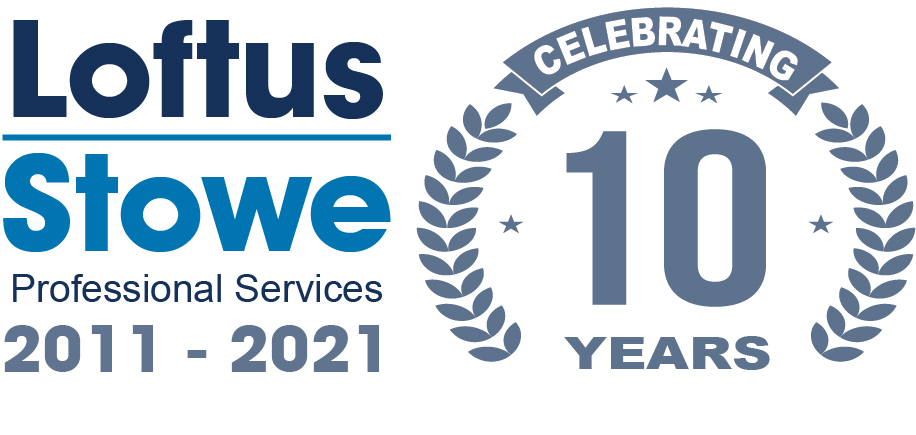If you were given the choice between receiving 1,000 now, or 2,000 in a years time, which would you take?
The answer should be simple, 2,000 in a years time would mean a risk-free return of 100% over a 12-month period a return youd be hard pressed to find elsewhere.
Shareholders ofAstraZeneca(LSE: AZN) andShire(LSE: SHP) have recently been presented with a similar dilemma. Both companies have been subject to bids by larger peers over the past 12months but over the long term, as standalone companies, the two groups will be able to achieve higher returns for investors.
Rapid growth
Shire has traditionally been dependent upon treatments for attention deficit hyperactivity disorder but the company is now becoming increasingly focused on rare disease treatment. A small but lucrative market.
Just like Astra, Shire is planning to double annual sales to $10bn by 2020 and if the company achieves this growth, Shires shares could surge above the price of 53.19 per share offered for the company.
Indeed, over the past five years Shires net profit margin has averaged 20%, although City analysts expect the groups net margin to hit 35% over the next three years. If Shires revenue has increased to $10bn by 2020, a net margin of around 35% means that the group will report a net profit of $3.5bn, around 2.3bn. On a per share basis, 3.90 based on the current number of shares in issue.
Over the past 10years Shire has traded at an average P/E of 20, which indicates that if earnings per share hit 3.90 by 2020, the companys shares could be worth around 78.00, a 77% gain from present levels. Of course, these figures could change if the company decides buy back stock some of its own shares, a strategy many pharmaceutical companies employ to boost growth.
Income investment
It is possible to use the same kind of analysis to arrive at a long-term price target for Astra. The company is targeting sales of $45bn by 2023, based on historic margin figures, on revenue of $45bn the company could report a net profit of $9bn, around 5.6bn. This translates into earnings per share of 4.43.
Based on the fact that many high-growth pharmaceutical companies are currently trading at a P/E of 20, Astras shares could hit 88.60 over the next ten years 88% above current levels. Thats excluding any dividend payments made along the way. Dividends could boost returns by around 4% per year.
Andits likely that Astras payout will grow over time, in line with earnings, which makes the company a perfect candidate for any dividend portfolio.
Dependable dividends like Astra’s, with room for growth are not easy to find. Indeed, there are plenty of companies out there that have cut their payouts at a moment’s notice.
With this in mind, if you’re looking for dependable dividend payers then why not check out theMotley Fool’s new free report.
The report is titled“How To Create Dividends For Life”and outlines thefive golden rulesfor building a dividend portfolio.
Click hereto download your free copy today!
Rupert Hargreaves has no position in any shares mentioned. The Motley Fool UK has no position in any of the shares mentioned. We Fools don’t all hold the same opinions, but we all believe that considering a diverse range of insights makes us better investors.




